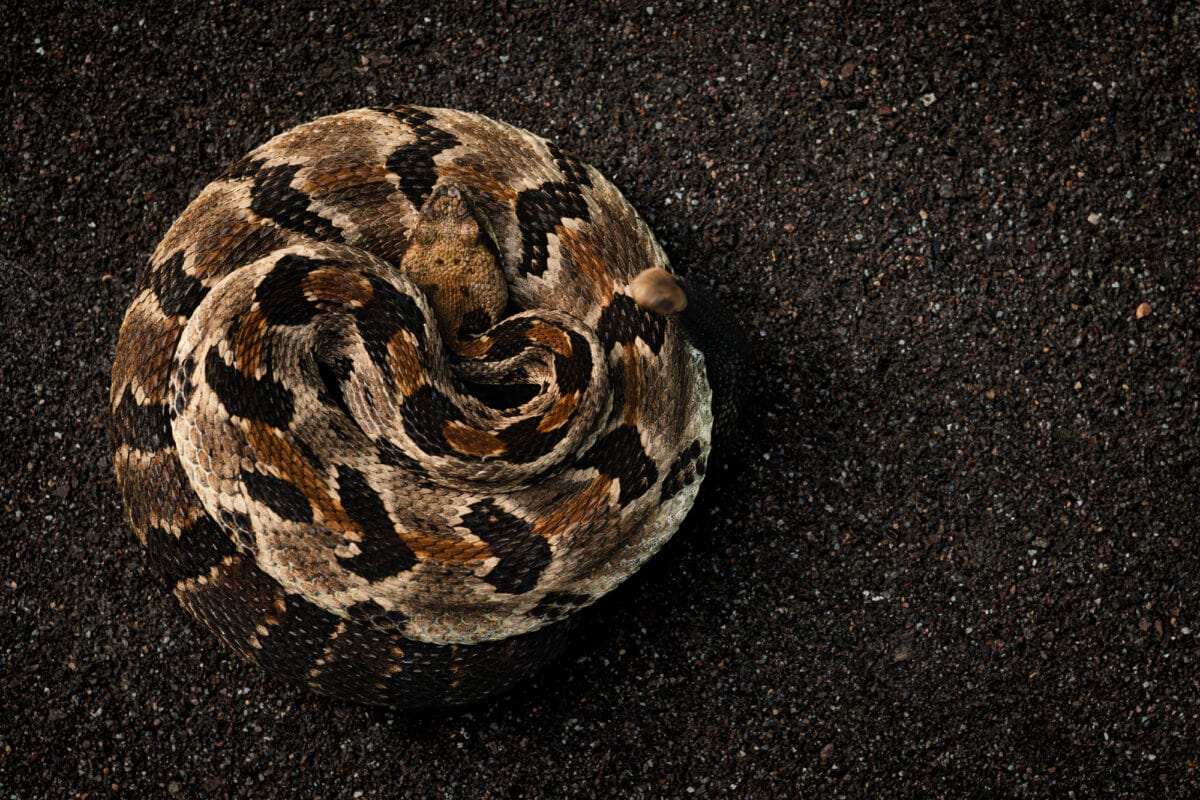Yes, it’s true that the rattlesnake is one of the most dangerous snakes out there. But there are many false myths circulating about these slithery creatures – let’s get our facts straight and debunk these common myths about rattlesnakes.
#1 Myth: Rattlesnakes always rattle before striking.
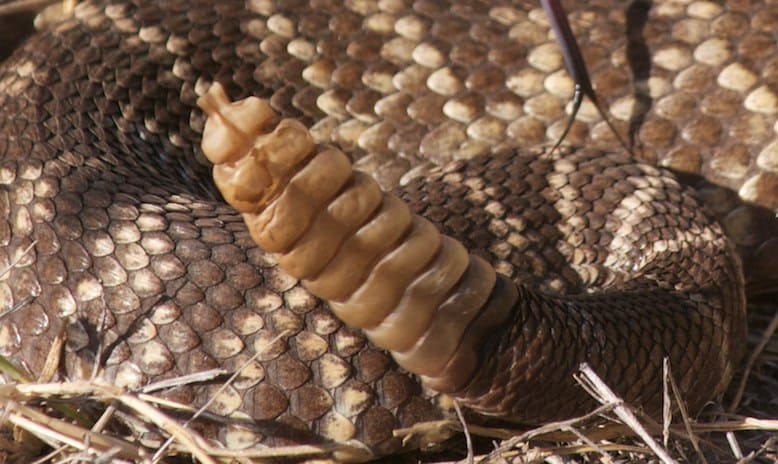
Fact: While rattlesnakes often rattle to warn potential threats, they don’t always do so. They could just as well strike without warning if they feel immediately threatened or if they need to conserve energy.
#2 Myth: Baby rattlesnakes are more dangerous than adults.
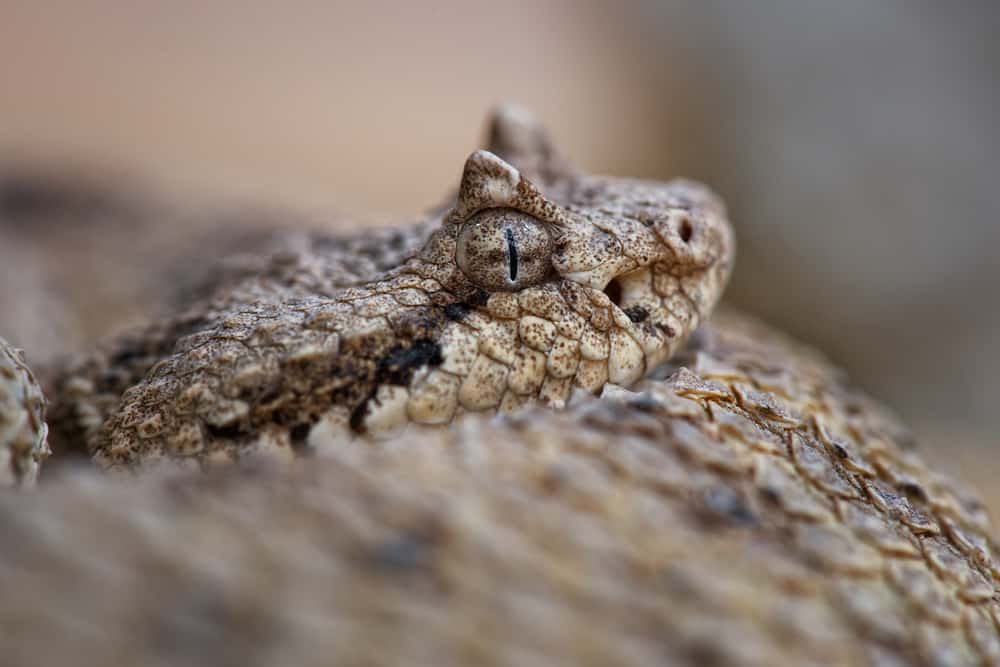
Fact: It’s a misconception that babies release more venom. They actually have less control over how much they inject. Adults, with their larger venom reserves and control, are potentially more dangerous.
#3 Myth: Rattlesnakes can jump to attack.
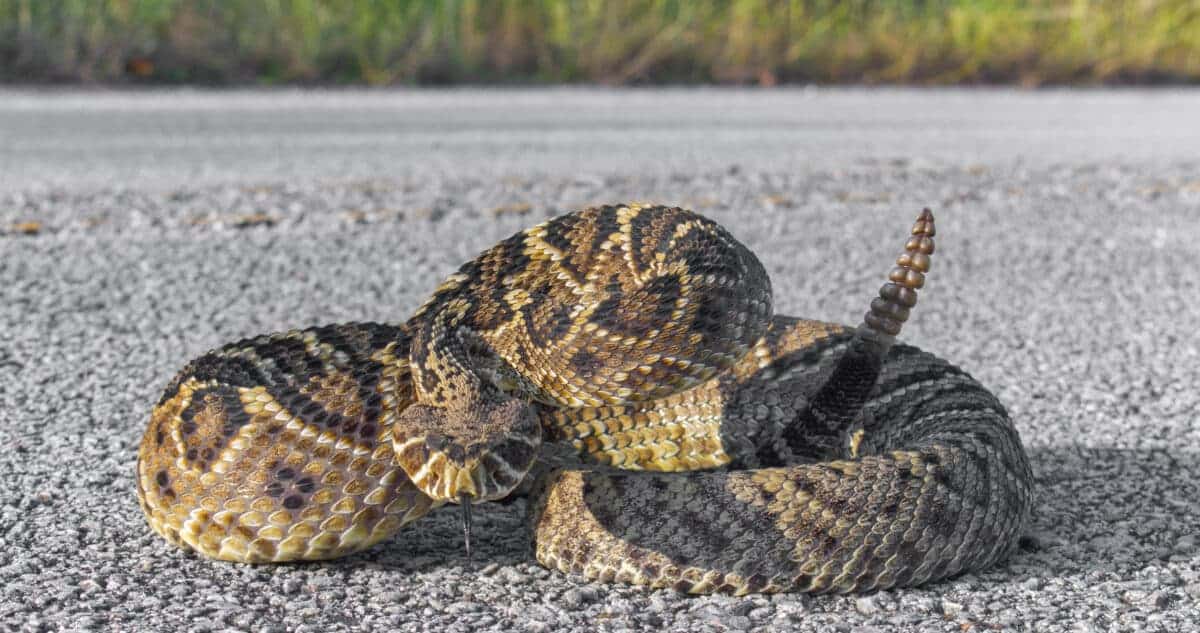
Fact: Rattlesnakes can’t jump. Their strikes are fast and can reach up to a third of their body length forward, but they always keep part of their body on the ground.
(Granted, it might look like they’re jumping because they’re so lightning-fast.)
#4 Myth: Sucking out venom from a snake bite is an effective treatment.
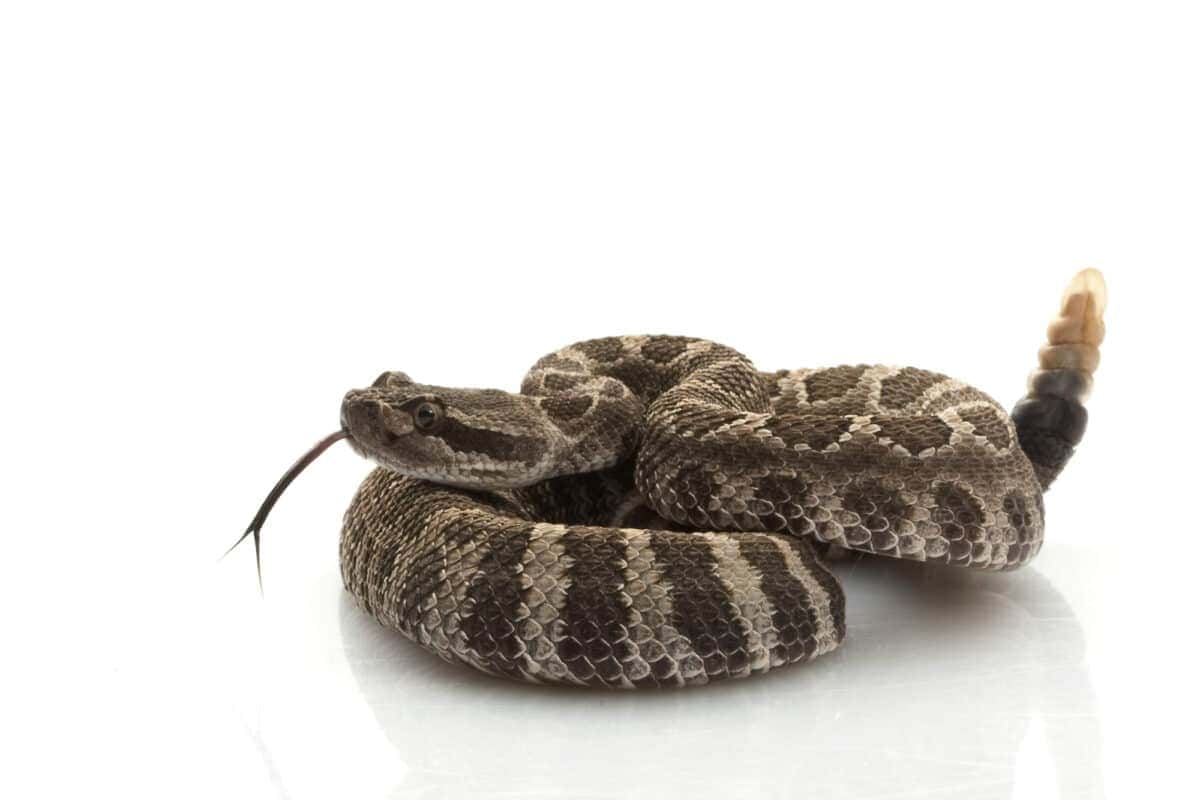
Fact: This method is not only a myth, it could also make things worse! By doing so you could introduce bacteria to the wound or get venom in your mouth. The best response is to keep the bitten area immobilized and get medical help immediately.
#5 Myth: All rattlesnakes have a loud, easily heard rattle.
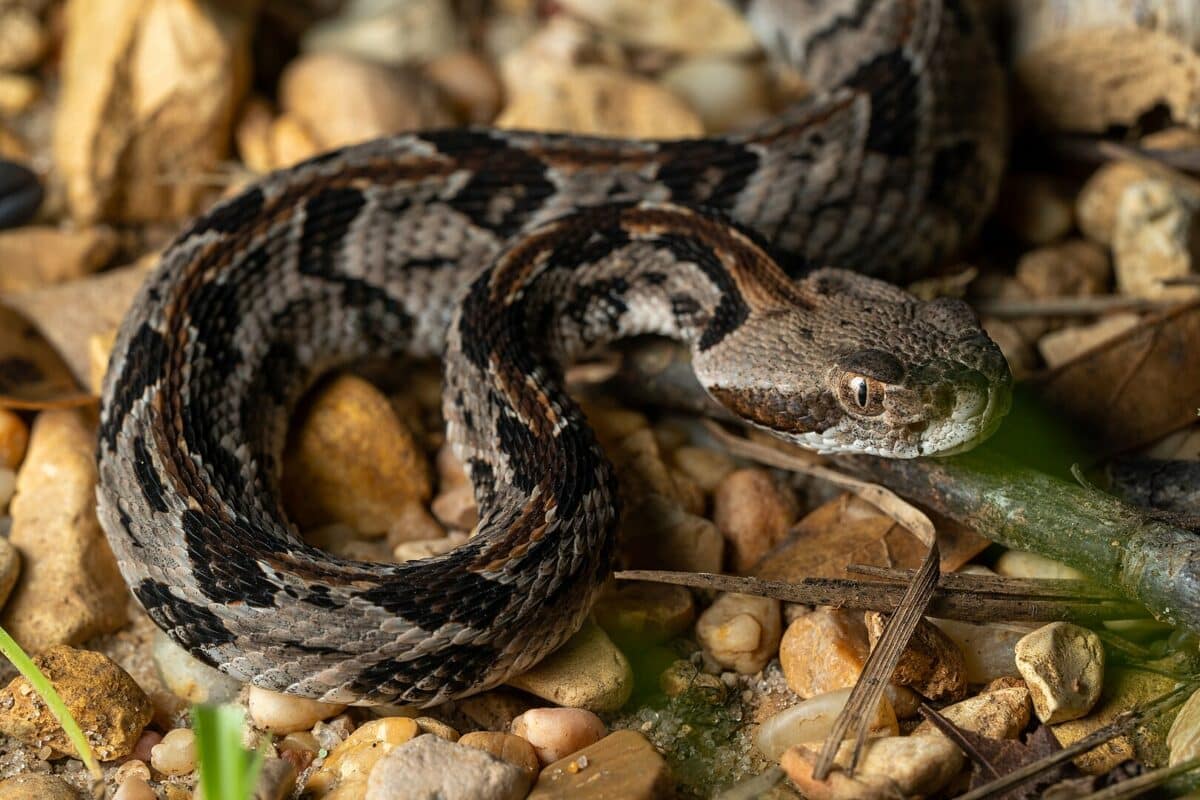
Fact: The sound of a rattlesnake’s rattle can vary greatly and isn’t always loud. Many different factors can affect how much sound a rattlesnake can make – such as the age of the snake and wear on the rattle.
#6 Myth: Rattlesnakes always travel in pairs.
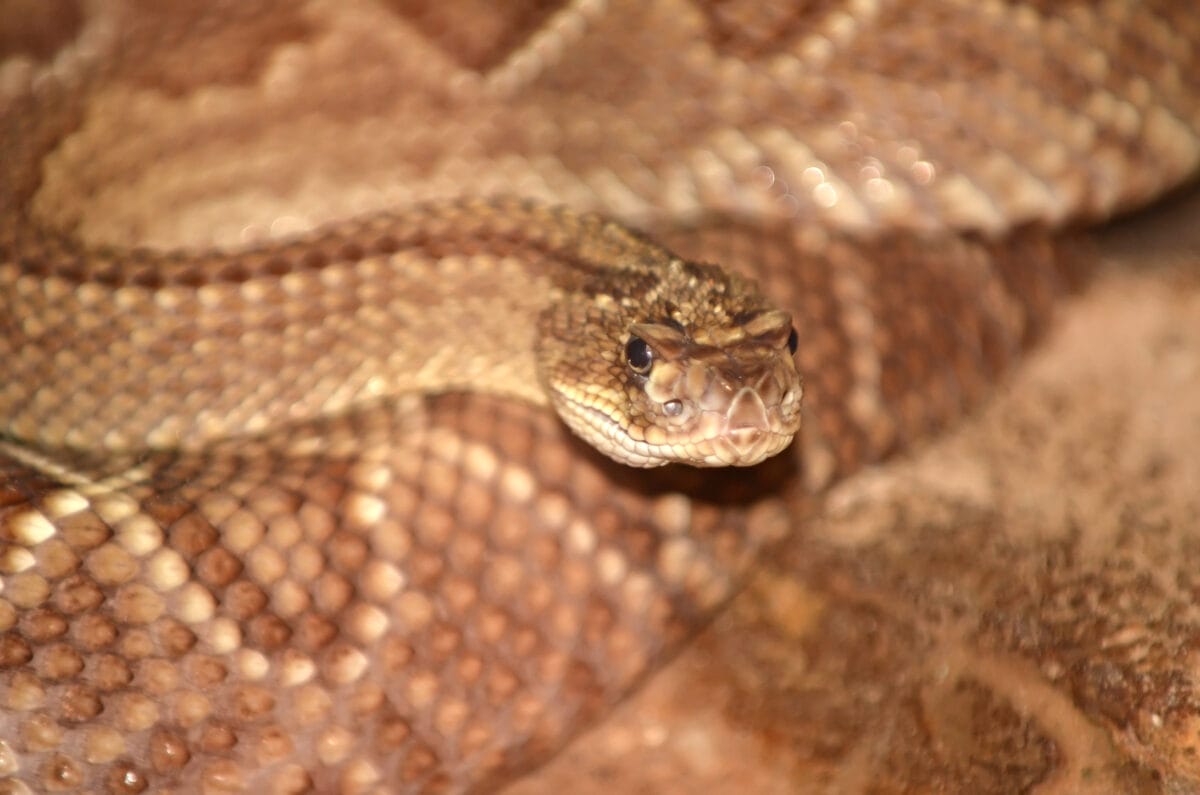
Fact: Rattlesnakes are solitary creatures except during breeding season or when hibernating in communal dens. Seeing two together is usually coincidental.
#7 Myth: Rattlesnakes can only live in desert environments.
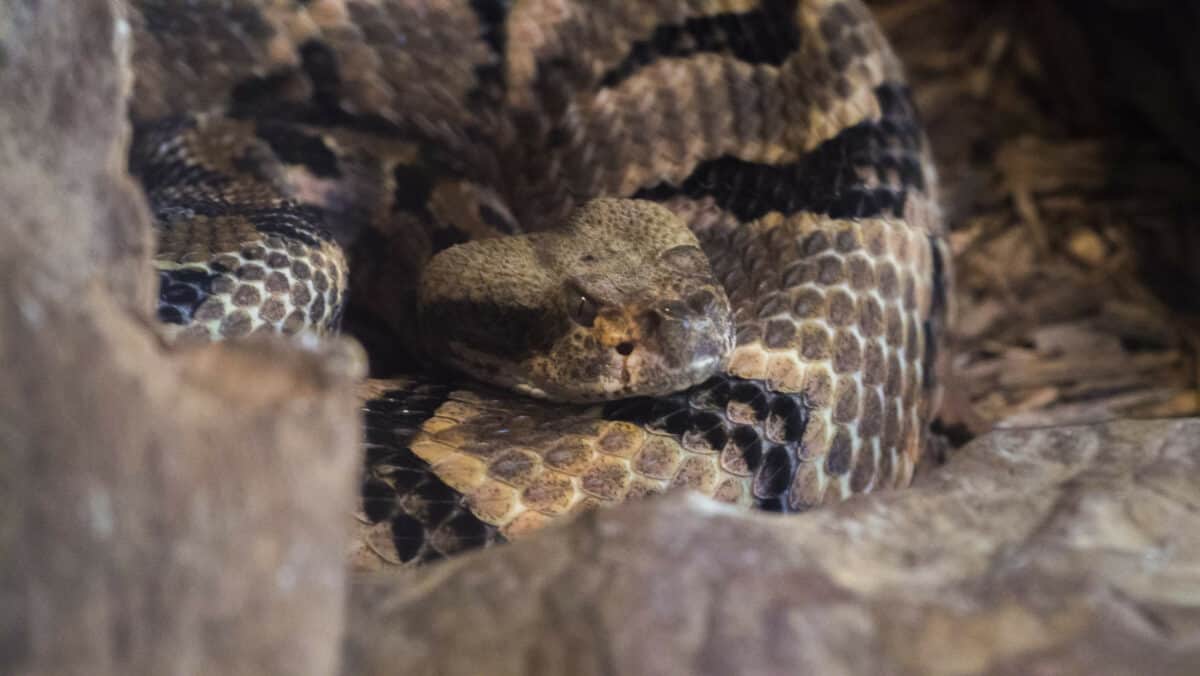
Fact: Rattlesnakes are quite versatile and inhabit a range of environments including forests, mountains, prairies, and even swamps across North and South America.
#8 Myth: Killing a rattlesnake is the best way to handle an encounter.
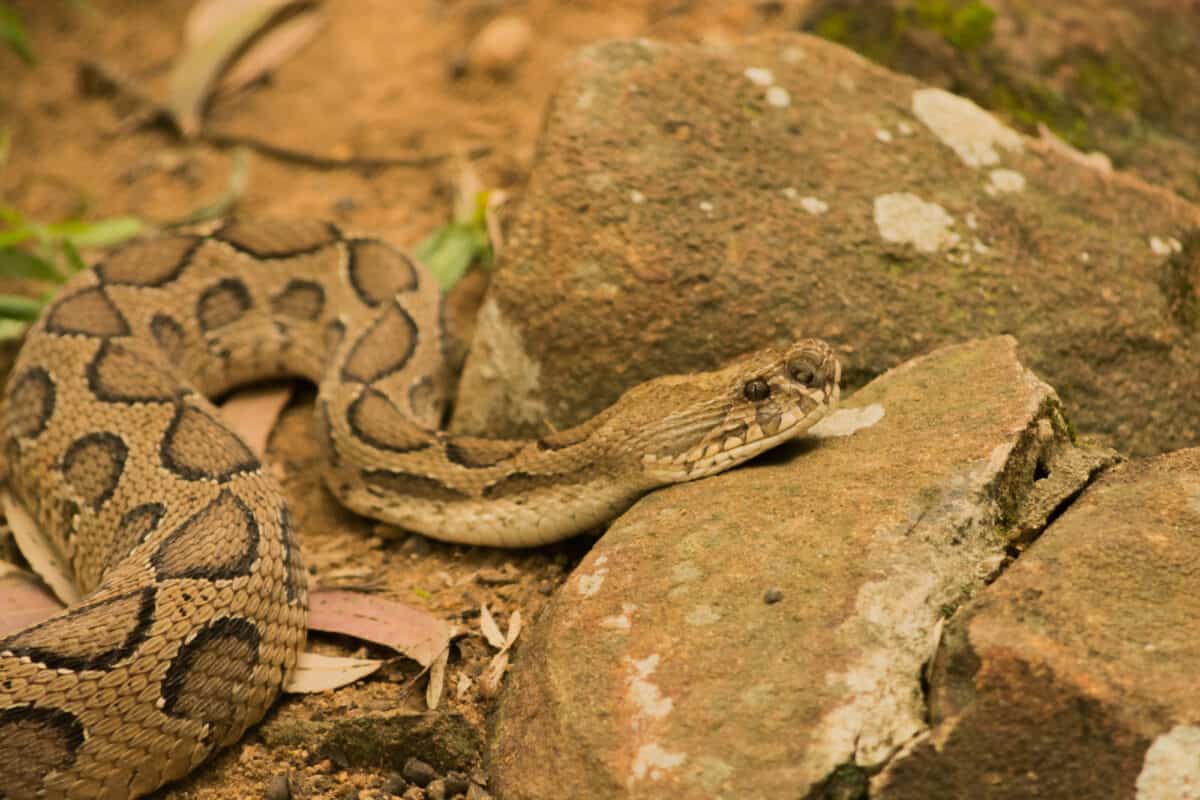
Fact: This you should definitely not do, the best approach is always to leave rattlesnakes alone (as with any other wild animal.)
Other than rising the probability of them biting you, bear in mind that they play key roles in ecosystems, controlling populations of small mammals and other pests.
#9 Myth: The age of a rattlesnake can be determined by the number of rattles.
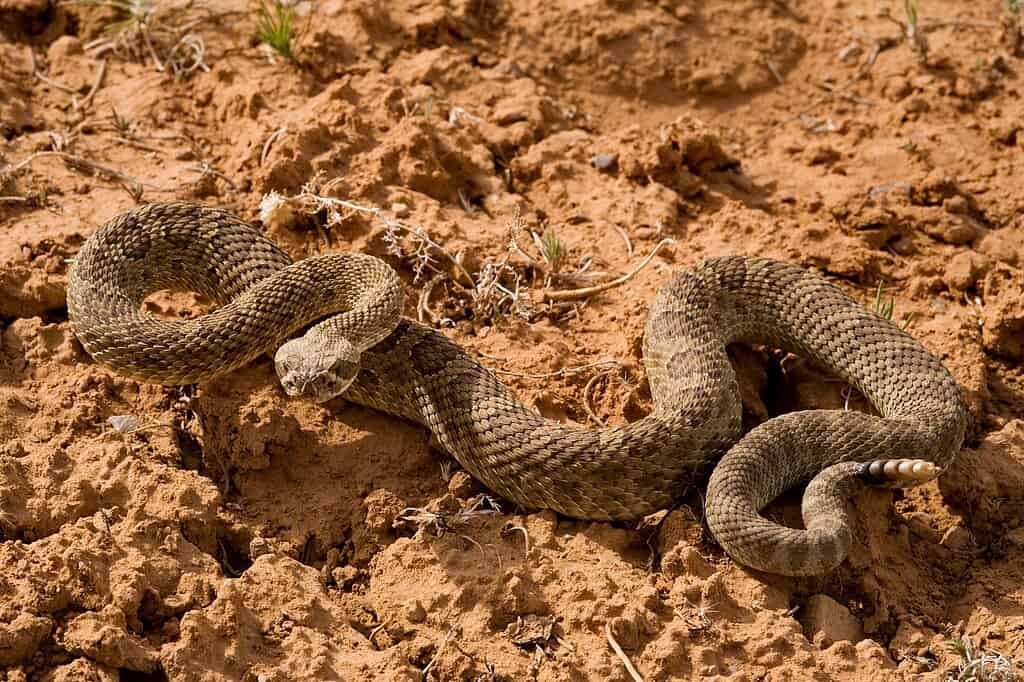
Fact: This is kind of true but not quite. In a way rattlesnakes are kind of like trees: a new rattle segment is added each time a rattlesnake sheds its skin, which can happen multiple times a year. Rattles can also break off, making age estimation inaccurate.
Debunked Myths About Rattlesnakes: Wrapping Up
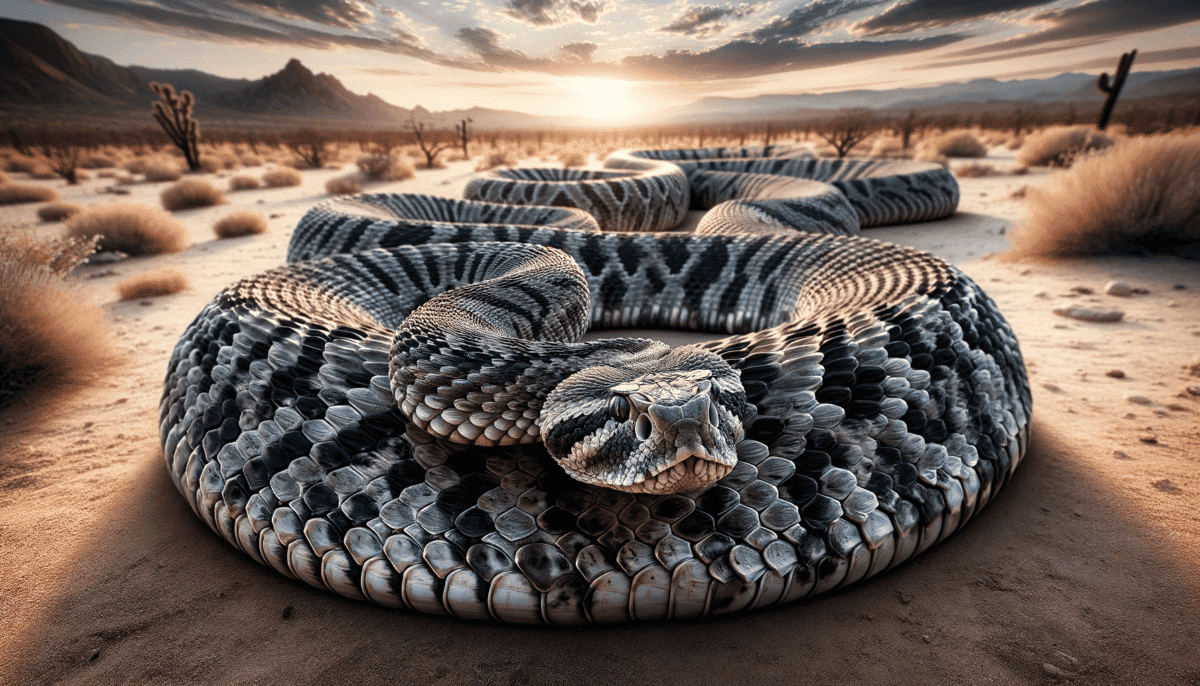
Although there are many false myths surrounding this venomous species of snake, one thing remains true: always stay far away from them.
Thank you for reading this article about debunked myths about rattlesnakes! For more information about rattlesnakes, take a look here:
- Watch: King Snake Vs Rattlesnake in Georgia
- The Cruelest Contest in the World: Rattlesnake Round-Ups
- Watch: King Cobra & Rattlesnake Bath Time
- Magpie Bird Is Reunited with Her Dog Best Friend - April 24, 2024
- Dog Saves Another Dog From Drowning in Fish Pond - April 23, 2024
- Man On Motorbike Rescues Cat From Highway - April 23, 2024

